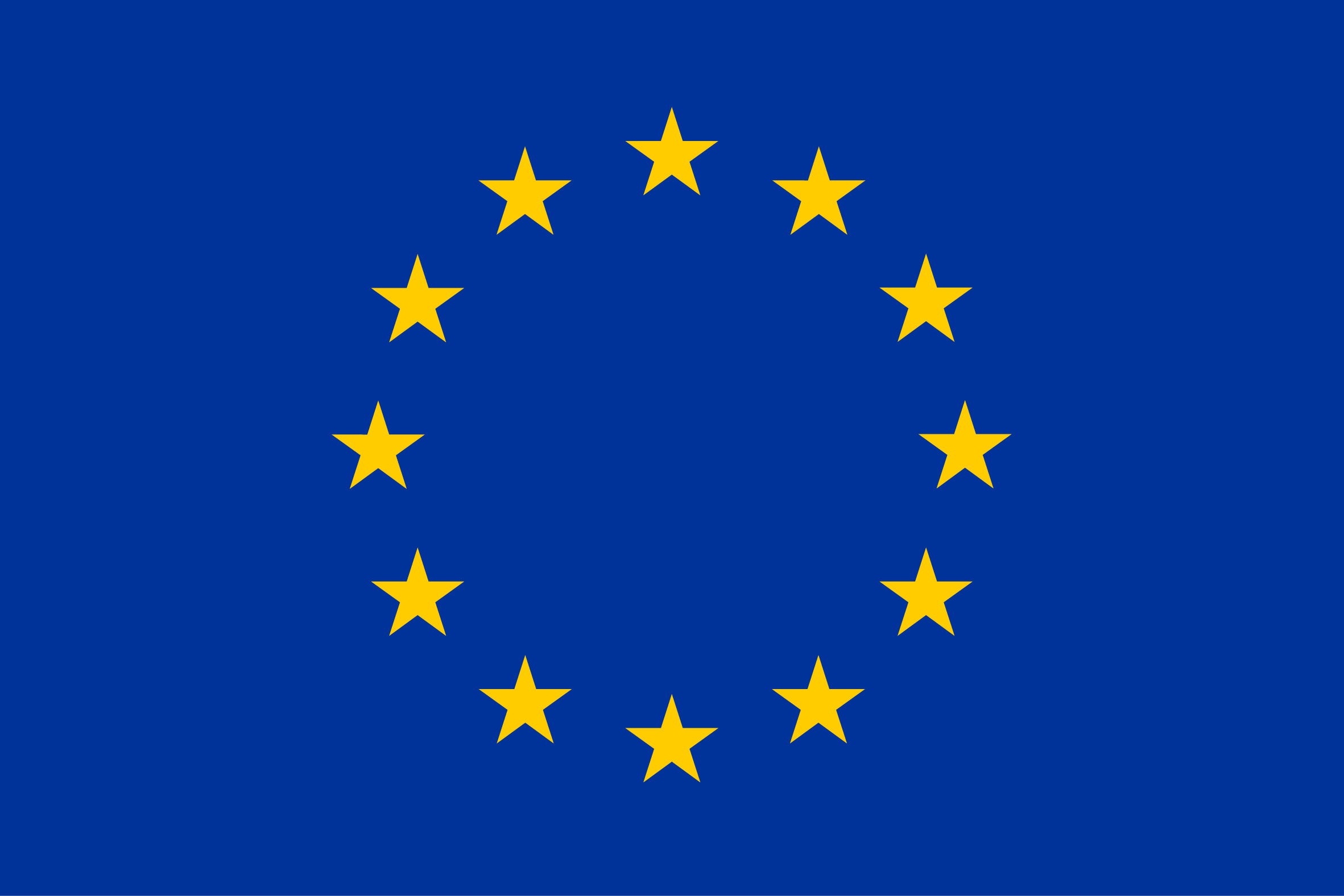mNo edit summary |
No edit summary |
||
| Line 148: | Line 148: | ||
For more information on how Ecopath-with-Ecosim (EwE) works, please visit our [https://community.mspchallenge.info/wiki/Ecosystem_simulation_(MEL_%26_EwE) Wiki] page or visit the official EwE website at [https://ecopath.org/ https://ecopath.org].<headertabs/> | For more information on how Ecopath-with-Ecosim (EwE) works, please visit our [https://community.mspchallenge.info/wiki/Ecosystem_simulation_(MEL_%26_EwE) Wiki] page or visit the official EwE website at [https://ecopath.org/ https://ecopath.org].<headertabs/> | ||
Revision as of 21:09, 19 January 2025
This page was last edited on 19 January 2025, at 21:09. Content is available under GPLv3 unless otherwise noted.
 Co-funded by the European Union.
Co-funded by the European Union.